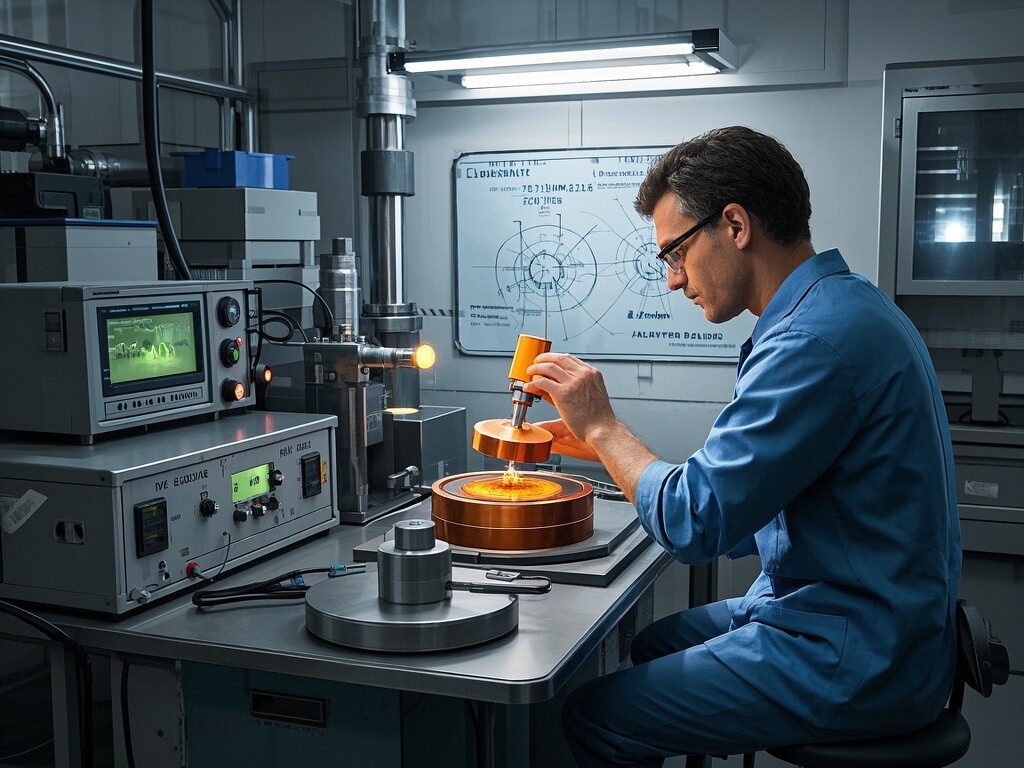
One stop solution for magnetic products

1. Definition and principle of magnetization
Core concepts
Magnetization refers to the process of increasing the magnetism of a magnet with insufficient magnetism or magnetizing a magnetic material, which is usually achieved by forming a magnetic field with a DC coil.
The magnetization direction includes axial magnetization, radial magnetization, and thickness magnetization, among others, which need to be selected according to the shape of the magnet and application requirements.
Basic Principle
Constant current magnetization: A constant DC is passed to generate a stable magnetic field, which is suitable for materials with low coercive force (such as ferrite).
Pulse magnetization: A capacitor discharge is used to generate an instantaneous strong magnetic field (peak value of tens of thousands of amperes), which is suitable for high coercive force materials (such as neodymium iron boron).
Electromagnetic induction magnetization: The alternating magnetic field is used to induce current inside the material to achieve magnetization, which is suitable for small or non-contact scenarios (such as MEMS devices).
2. Magnetization methods and classification
Classification by magnetic field strength
Unsaturated magnetization: Energy is lower than 95% of the saturation point, magnetic properties decay over time, and are only used in specific scenarios.
Saturated magnetization: Energy reaches 1.5-2 times the intrinsic coercivity of the material, achieving stable magnetization (conventional application).
Supersaturated magnetization: Energy reaches more than 3 times the coercivity, magnetic properties are slightly improved, and are used in high-demand environments.
By magnetic pole distribution
Single-pole magnetization: Axial, radial, etc., only N/S poles on one side of the magnet (commonly seen in motor magnets).
Multi-pole magnetization: The same magnet surface contains multiple pairs of N/S poles, and a custom fixture is required.
Halbach array: A Special magnetic pole arrangement enhances the single-sided magnetic field, used for high-efficiency magnetic field engineering.
3. Magnetizing equipment and operation
Equipment type
Capacitor discharge type: mainstream pulse magnetizing equipment, which can generate a more than 3T strong magnetic field, suitable for rare earth materials such as NdFeB.
DC magnetizer: simple structure, suitable for low coercive force materials such as ferrite, AlNiCo.
Online single-station equipment: integrated manipulator positioning to improve production line efficiency (such as Ruizhi Precision's patented design).
Operation points
Magnetizing process: workpiece positioning → magnetic field strength adjustment → magnetization execution → magnetic field gradual demagnetization.
Safety regulations
Check the power supply/cooling system before operation and wear insulating protective equipment.
When demagnetizing, ensure that the workpiece is completely detached and keep a distance of 10cm to prevent magnetic attraction.
It is forbidden to adjust the equipment during operation, and stop immediately if abnormal.
4. Application and precautions
Typical application areas
Industrial devices: permanent magnet motors (DC motors, servo motors), generators, instruments.
Consumer electronics: speakers, microphones, hard disk drives.
Frontier technologies: minimally invasive medical robots, three-dimensional magnetized soft robots (resolution up to 20μm).
Stability and maintenance
Strong magnetic fields, high temperatures, or shocks may cause demagnetization, but it can be restored by secondary magnetization.
Regularly clean equipment dust, and lubricate moving parts to ensure long-term operation.
Search
Categories List
Please give us a message

Beijing Saint Langma Magnetic Technology Co.,Ltd